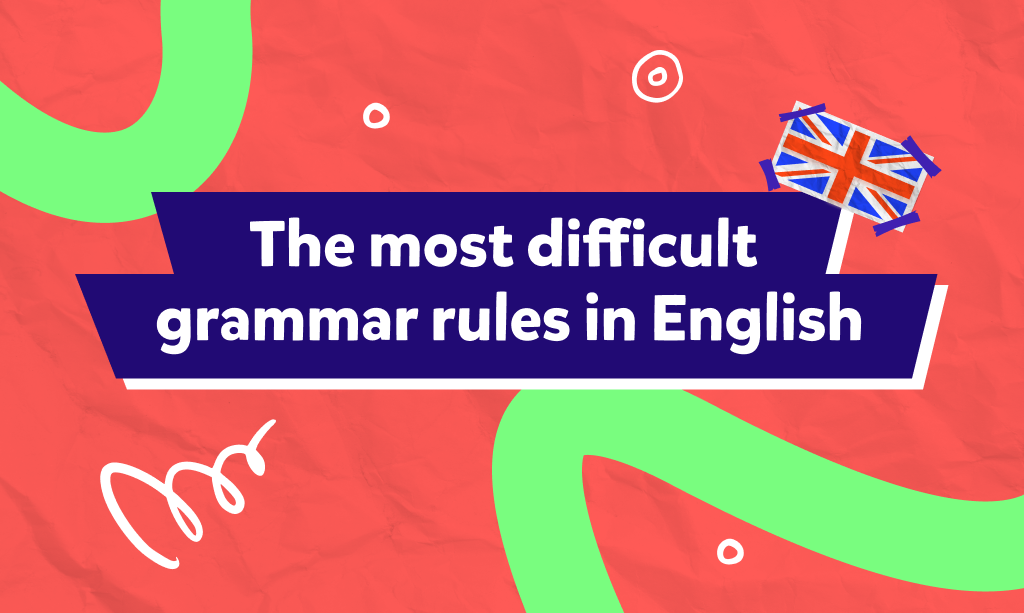- The Infamous Apostrophe
- Navigating Verb Tenses
- Mastering Conditional Sentences
- Deciphering Pronouns
- Web of Relative Clauses
Explore English grammar with our insightful guide! Dive deep into the challenges ESL learners face and gain valuable insights to conquer the most daunting aspects of English grammar.
Have you ever found yourself tangled in the web of English grammar, wondering why specific rules seem more elusive than others? Grammar might not always be the most thrilling topic of conversation, but it’s undeniably the backbone of language learning. Just like mastering the perfect recipe requires understanding each ingredient’s role, the intricacies of grammar are essential for effective communication.
At Novakid ESL, we know that navigating the maze of English grammar can sometimes feel like solving a complex puzzle. That’s why we’re here to unravel the mysteries and illuminate the most challenging aspects, making learning fun and engaging! Our aim is to break down the barriers and offer clarity on the most challenging grammar rules faced by ESL learners.
Grab a pen and paper, and let’s begin!
The Infamous Apostrophe
Learning English grammar can be challenging, especially for kids. One of the trickiest parts is understanding when and how to use the apostrophe.
The apostrophe has two primary uses: to show possession and to form contractions.
Teaching methods used in children’s language education involve interactive activities like games, role-playing, and multimedia tools to make learning grammar fun. By practicing these methods, children can grasp grammar more effectively, including mastering the infamous apostrophe.
Navigating Verb Tenses
English has many verb tenses, each serving a specific purpose. Understanding the distinctions between them is crucial for communication. To help with this understanding, children need to be able to recognize present, past, and continuous forms.
Present perfect vs. past simple: The present perfect tense describes actions that happened at an unspecified time before now or actions that started in the past and continue into the present. It is formed with “have” or “has” + the past participle of the verb.
The past simple tense, on the other hand, describes actions that happened at a specific time in the past and are now finished. It is often formed by adding “-ed” to regular verbs or using irregular verb forms.
Continuous and perfect forms: Continuous forms indicate actions that are ongoing or in progress at a certain point in time. They are formed with a form of “to be” + the present participle (“-ing”) of the main verb.
Perfect forms indicate actions that are completed or finished before a specific point in time. They are formed with “have” or “has” or “had” (in the past perfect) + the past participle of the main verb.

Mastering Conditional Sentences
Next, we have conditional sentences. While these can pose a challenge for English learners, understanding their structures is key to mastering them.
Zero conditional: This is used to describe general truths or facts. It consists of “if” + present simple, followed by present simple in the main clause.
First conditional: This is used for real or possible future situations. It consists of “if” + present simple, followed by future simple (will + base form) in the main clause.
Second conditional: This is used for unreal or improbable situations in the present or future. It consists of “if” + past simple, followed by would + base form in the main clause.
Third conditional: This is used for unreal or impossible situations in the past. It consists of “if” + past perfect, followed by would have + past participle in the main clause.
Understanding the nuances of each conditional type
Zero conditional expresses certainty.
First conditional expresses possibility or likelihood.
Second conditional expresses hypothetical or unreal situations in the present or future.
Third conditional expresses regret or imaginary situations in the past.
Deciphering Pronouns
Another challenging aspect of English grammar is pronouns. Deciphering pronouns can be tricky, but understanding their functions, agreement, and clarity is really important in the long run.
Pronouns are words that replace nouns in sentences, making language more concise and avoiding repetition. Common pronouns include personal pronouns (I, you, he, she, it, we, they), demonstrative pronouns (this, that, these, those), and possessive pronouns (mine, yours, his, hers, ours, theirs).
Pronoun agreement refers to ensuring that the pronoun matches its antecedent (the noun it replaces) in number, gender, and person. Pronoun reference is the clear identification of the antecedent to which the pronoun refers. Ambiguity arises when it’s unclear what the pronoun is referring to.
To master pronouns, learners can practice identifying pronouns and their antecedents in sentences, ensuring agreement and clarity.
Web of Relative Clauses
Finally, we have the web of relative clauses. Relative clauses are dependent clauses that provide additional information about a noun in the main clause. They serve to define, identify, or give more detail about the noun they modify.
Relative pronouns and their usage (who, whom, whose, which, that):
“Who” is used for people and refers to the subject of the relative clause.
“Whom” is also used for people but refers to the object of the relative clause.
“Whose” indicates possession and is used for both people and things.
“Which” is used for things or animals.
“That” can be used for both people and things and is often used in informal contexts.
Some of the most common mistakes revolving around relative clauses include misplacing relative pronouns, omitting relative pronouns, and incorrect punctuation. To improve understanding, learners can practice identifying relative clauses in sentences, paying attention to the pronouns and their functions.
In conclusion, mastering English grammar, particularly its most challenging aspects, is a journey that requires dedication and practice. At Novakid ESL, we understand the importance of providing effective teaching methods to support young learners in overcoming these challenges. With perseverance and the right resources, conquering the most difficult grammar in English becomes achievable and very rewarding.






































